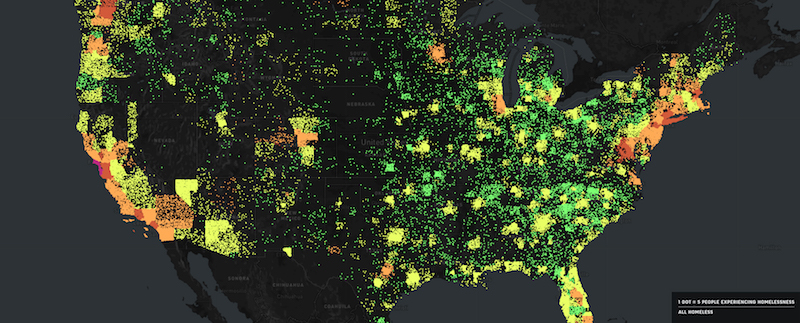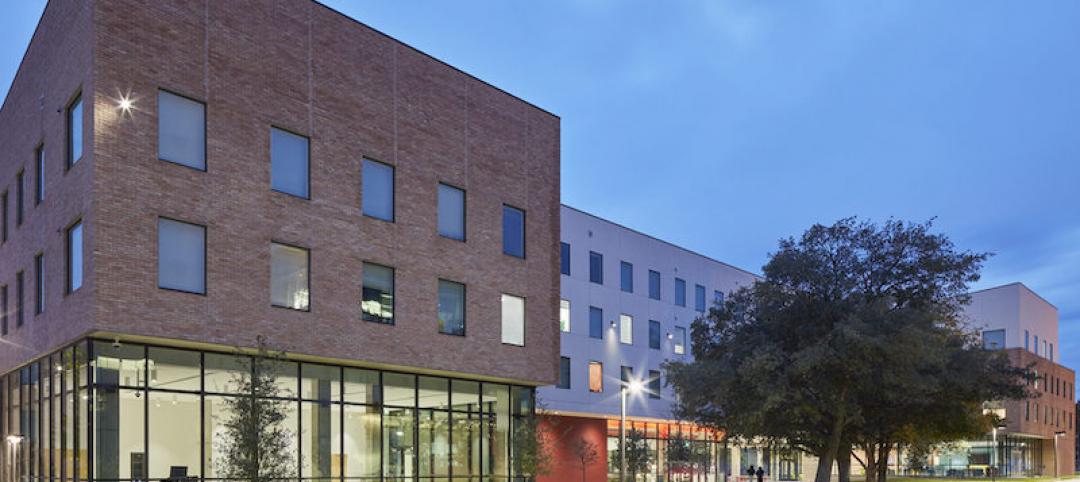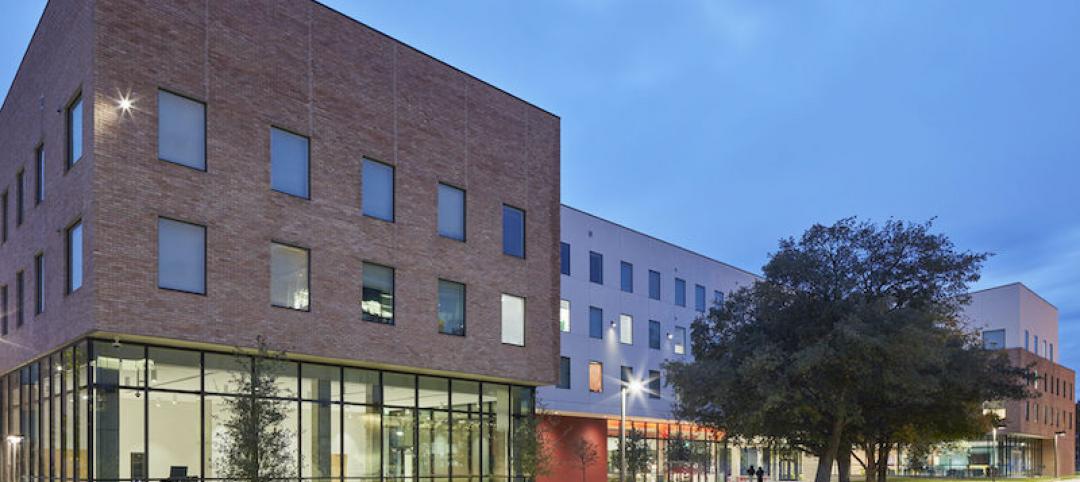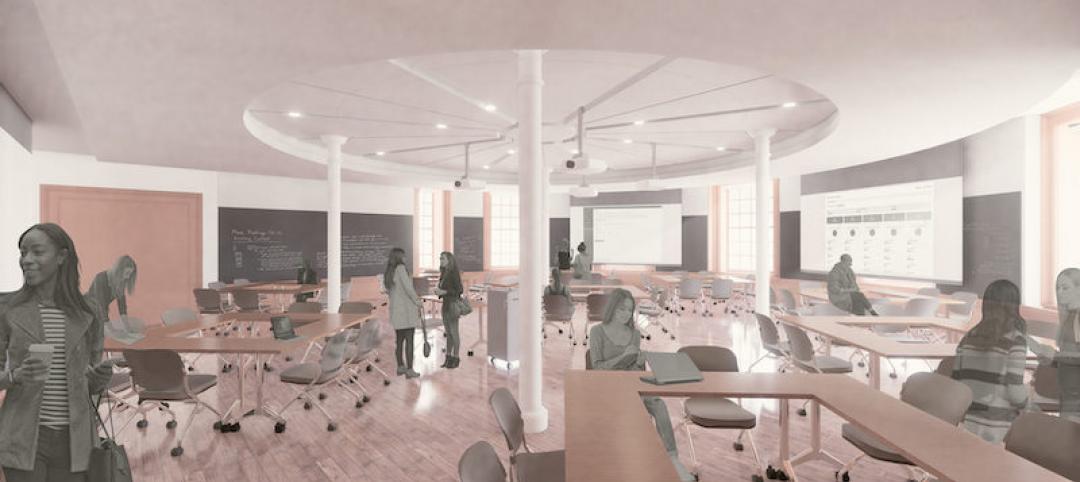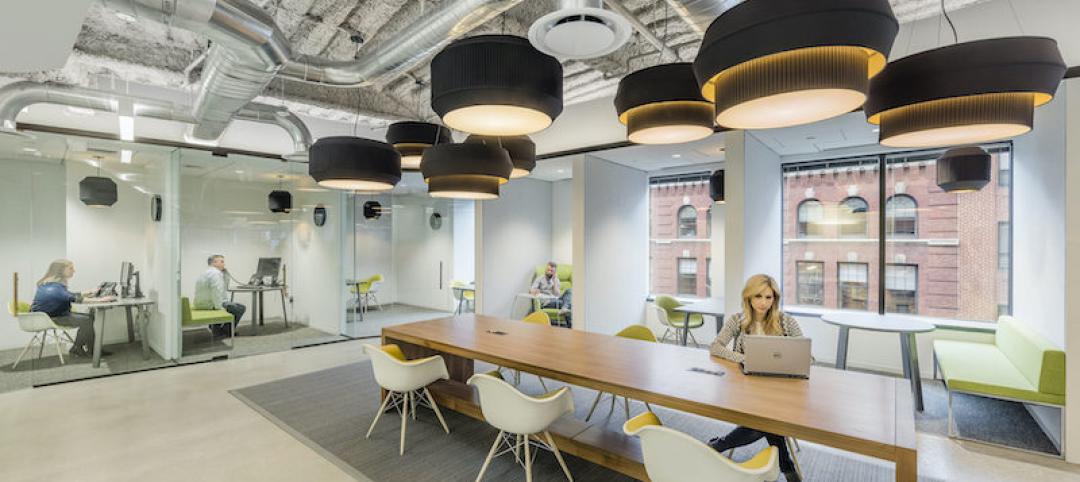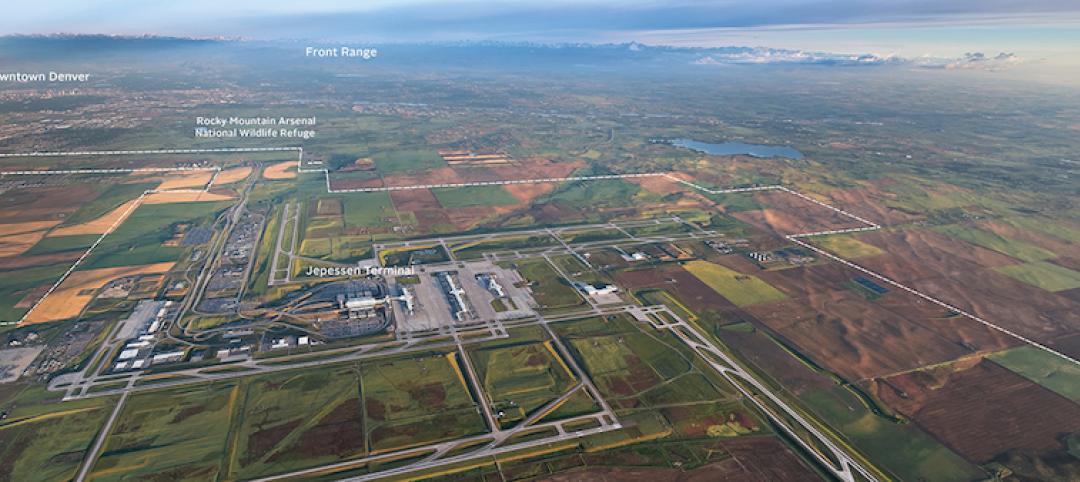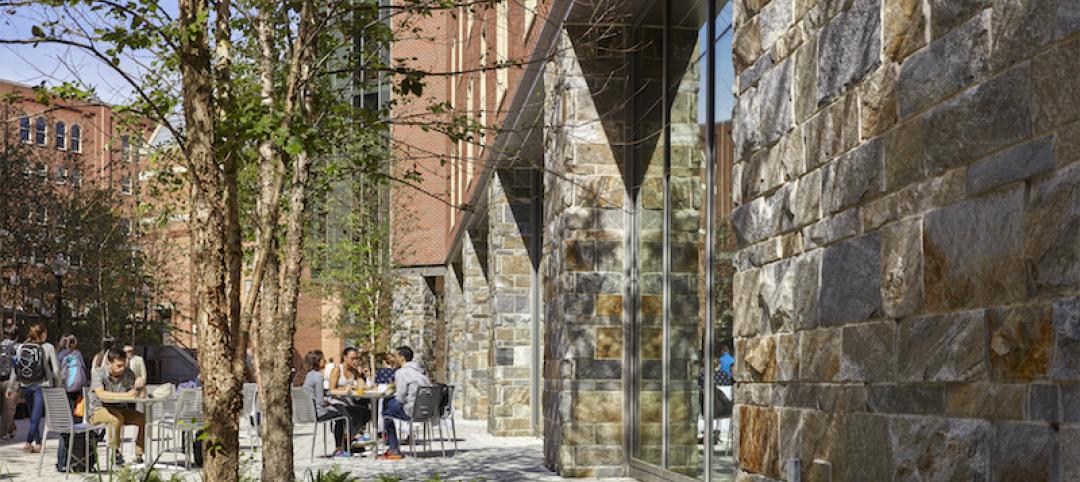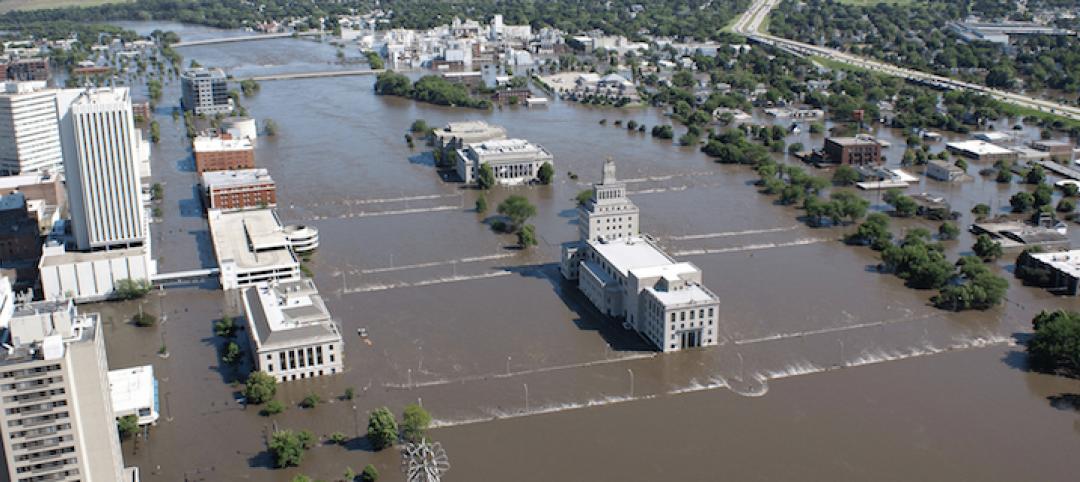Sasaki principal Brie Hensold and planner Gretchen Keillor recently attended an Innovation Lab hosted by the National Recreation and Park Association in Los Angeles, CA. The two-day lab focused entirely on the issue of homelessness, bringing together representatives from parks departments, municipalities, and non-profit organizations to discuss how homelessness affects park systems and to explore possible solutions. Attendees joined in panel discussions, but also toured LA’s parks to see firsthand how homelessness plays out in LA’s public open spaces.
A Daily Challenge for Parks
Throughout the conference, parks representatives returned to a core maintenance question: how do they keep a park clean, safe, and beautiful while there are people effectively living in the space? Park maintenance workers experience the front lines of this struggle on a daily basis; when they open a park early in the morning, clean the restrooms, or care for landscaping, they often face the difficult task of asking a person experiencing homelessness to vacate the area—while knowing that person likely has nowhere else to go.
But this logistical maintenance challenge is about a still more fundamental issue: how to balance compassion with enforcement. The question broadens from “how can we handle maintenance?” to address the role of parks overall: “who are parks for?” On the one hand, parks are public open spaces intended to serve all members of the community, including those without homes. On the other hand, it’s difficult to maintain a welcoming atmosphere that balances the needs of many difference groups—hence the need for the enforcement of park rules. It’s a balance all guardians of urban public spaces must maneuver.
What can parks do?
Homelessness is too complex an issue for parks, or any other single agency, to handle alone; it must be tackled collaboratively. At the Innovation Lab, several examples were shared in which parks and recreation departments joined into a multi-agency partnership and succeeded in alleviating homelessness, such as Los Angeles’ city-wide coordinated “no wrong door” policy, which empowers every city department to direct people in need to the right place, and Raleigh’s Moore Square revitalization, which was made possible through the unification of public and non-profit organizations toward a common cause.
It’s clear that multi-agency collaboration is essential to ameliorating the broader problem of homelessness. However, a robust collaborative system like those described above takes time to craft. In the meantime, there are several action steps that parks departments can implement toward that end: owning their role as a conduit of services; embracing the power of positive programming; and investing in staff training.
Steps Forward
Perhaps the best way to think about parks in the context of homelessness is as a conduit for service delivery—both directing people in need to services outside the park, but also providing a welcoming public venue for organizations to deliver services in the park itself. To more effectively communicate the availability of homelessness services nearby, it could be as simple as equipping maintenance workers or park rangers with information cards that map out nearby shelters or housing offices. To better coordinate food provision, job fairs, or health clinic events that have the potential to disrupt park activities when unscheduled, parks could work directly with these organizations to schedule approved times for these activities. For example, L.A. Parks coordinates a schedule with Lava Mae, a mobile showering and laundry service which visits L.A. parks regularly to offer free toiletry services for the people experiencing homelessness nearby.
Parks can also make greater efforts to consider the needs of those experiencing homelessness when making decisions around programming. The power of positive programming is evident in Los Angeles’ Gladys Park, whose basketball courts and picnic tables were requested by the community members experiencing homelessness nearby. In appreciation of these fulfilled requests, the park’s occupants—primarily people experiencing homelessness—tend the park carefully, protecting it as a clean and safe space for all visitors. The strong sense of shared community in Gladys Park is a direct result of the positive relationship between the nearby people experiencing homelessness and the Los Angeles Parks and Recreation Department.
In the midst of service delivery and programming for homelessness, staff training on this issue can do tremendous good. Some public library systems, another municipal-level department that often serves these populations regularly, have trained their staff specifically on how to interact with those experiencing homelessness. Trained maintenance staff can direct those in need to available services, but could also be better prepared to face in-the-moment challenges related to mental health or substance abuse issues.
Designers can help, too
“It was inspiring to attend this Innovation Lab as a planner. It brought to mind how much we as designers could be doing for this population too,” says Keillor. “‘The homeless are simply people without homes. They are children and families and elderly. They need healthy places and open spaces and accessible transit, just like any community population–and our master plans and urban designs could be more inclusive of them.”
To serve these groups better requires that we understand this population and the challenges they face. As planners and designers equipped with robust data analysis, community engagement, and creative problem solving skills, we can play a greater role in the good work that countless agencies are already pouring into solving the issue of homelessness at scale.
As part of an independent research initiative funded by Sasaki, Keillor has spent the last year researching homelessness, working with an interdisciplinary team of Sasaki software developers, graphic designers, and planners. Keillor's work began in 2016, aiming to overcome misconceptions about those experiencing homelessness, to bring transparency to the data that exists on homelessness in the United States, and to provide ideas big and small for solving the problem.
The culmination of this research project is a web-based resource designed to educate concerned citizens, city officials, and designers about homelessness, and more broadly contribute to this conversation, lend understanding, and provide ideas for solutions.
The website is a primer on homelessness, including its definition, causes, and more, to establish a baseline understanding of the problem and help overcome misconceptions. The website also provides a data visualization with seamlessly transitioning maps and charts to dive deeper into the data that exists about the population experiencing homelessness in the United States. Finally, the website provides a set of 27 strategies and over 80 case study examples for inspiration, designed to overcome the overwhelming nature of this problem by offering an inspirational place for anyone to find out how to take a first step in helping the vast homeless populations in this country.
Progress is enabled by transparent and honest conversation, and so we hope to follow NRPA’s example in supporting dialogue, by using our unique skills to shed light on issues facing people experiencing homelessness and think creatively about how to help find human-centered solutions.
Selected photos courtesy of NRPA and JuanCarlos Chan from the Los Angeles Department of Recreation and Parks.
More from Author
Sasaki | Feb 5, 2024
Lessons learned from 70 years of building cities
As Sasaki looks back on 70 years of practice, we’re also looking to the future of cities. While we can’t predict what will be, we do know the needs of cities are as diverse as their scale, climate, economy, governance, and culture.
Sasaki | Aug 6, 2021
Microclimates and community
Creating meaningful places that contribute to a network of campus open spaces is a primary objective when we design projects for higher education.
Sasaki | Apr 12, 2021
I’ll meet you right outside: Microclimates and community
These high quality exterior gathering places are increasingly important in supporting community.
Sasaki | Feb 16, 2021
A humanistic approach to data and design in the COVID era
As the COVID crisis continues to disrupt higher education, Sasaki is working with our campus clients on space planning initiatives that harness data to uncover solutions to complex challenges never before faced by college and university leaders.
Sasaki | Jul 28, 2020
Post-pandemic workplace design will not be the same for all
Regardless of whether it takes 3 or 18 months to fully return to work, it is clear the long march toward re-emergence from this global pandemic will likely be more of a gradual re-opening than a simultaneous return to life as we knew it.
Sasaki | May 31, 2018
Denver's airport city
Cultivation of airport cities is an emerging development strategy shaped by urban planners, civic leaders, airport executives, and academics.
Sasaki | Feb 12, 2018
Stormwater as an asset on urban campuses
While there is no single silver bullet to reverse the effects of climate change, designers can help to plan ahead for handling more water in our cities by working with private and public land-holders who promote more sustainable design and development.
Sasaki | Apr 3, 2017
Capturing the waterfront draw
People seem to experience a gravitation toward the water’s edge acutely and we traverse concrete and asphalt just to gaze out over an open expanse or to dip our toes in the blue stuff.
Sasaki | Dec 14, 2016
The future of libraries
The arrival of programs that support student and faculty success such as math emporiums, writing centers, academic enrichment programs, and excellence-in-teaching centers within the library, heralds the emergence of the third generation of academic library design.
Sasaki | Dec 9, 2016
Between floods: Resiliency and urban regeneration
It’s useful for planning for the “worst-case scenario”, but it is important to remember that major floods can happen at any time.

